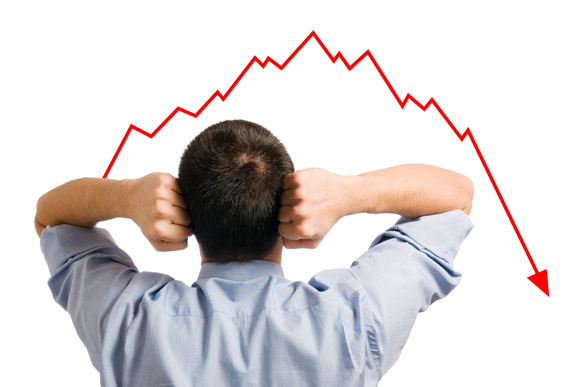In today’s article we are going to talk about one of the key things in trading. Knowing that the trend is bullish or bearish is one of the first things we learn as traders. Having the ability to know the trend direction will place us in the best place to profit from our trades. There are a couple of things we need to understand when it comes to trends. First, we need to know how to identify a bullish or a bearish trend. This seems like it should be an easy thing but often times it is not. The second thing we need to be able to identify is when the trend is not a trend. This might sound like a bit of double talk but what we mean by this is that often times we can identify the trend but we don’t know when it is beginning to end. In other words, it is fairly simple to look back and see when the price has been trending but it is not so easy to determine when it is ending.
Let’s look at these two things in a bit more detail.
First, how do we determine the trend? Well, there are many different ways we could do this. We could use price, we could use indicators, we could use lines or we could use some other way to figure it out. I will suggest keeping it simple so you can quickly make the determination as to the price direction. For example, we could use the 40 period simple moving average to tell us the trend direction. If the 40 sma is moving up then the price has been bullish or if the 40 sma is moving down the price has been bearish. Simple enough and effective to help us know if we should be looking to enter a long trade or a short trade.
Now, the second part of this is to know when the trend is no longer a trend. There are a couple of things we can look for to help us identify if the trend is coming to an end. First, we can look to see how long the price has been in a trend. The longer time the trend has been up or the bigger move of the trend can give us an idea that the price trend is likely coming to an end. Second, we can look to see where the price is located in relationship to the 40 sma. If the 40 sma is moving up but price has broken down below it, that is a sign that the trend may not be a trend for much longer. Finally, we can look at the price action on the chart and if we are no longer seeing higher highs in an uptrend or lower lows in a down trend, this may be another sign that the trend is coming to an end.
As important as it is to identify the trend, it may be even more important to be able to identify the end of the trend. As we do this we can prepare our trades to be taken in the opposite direction as well as give us an idea of where we may want to close out of our current positions. Take some time to review how you know what the trend is and when that trend is about to end.

